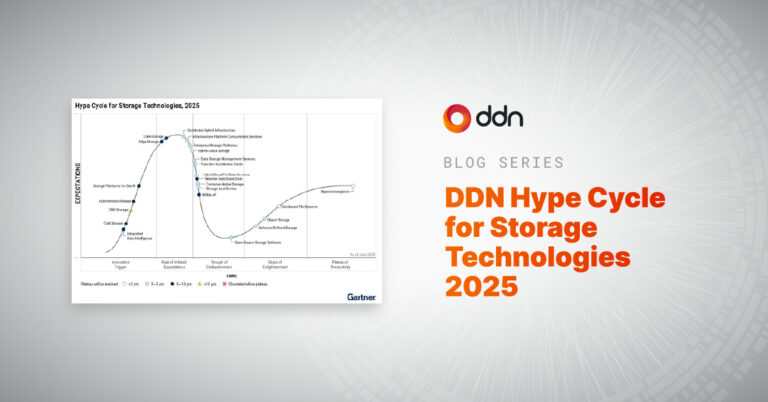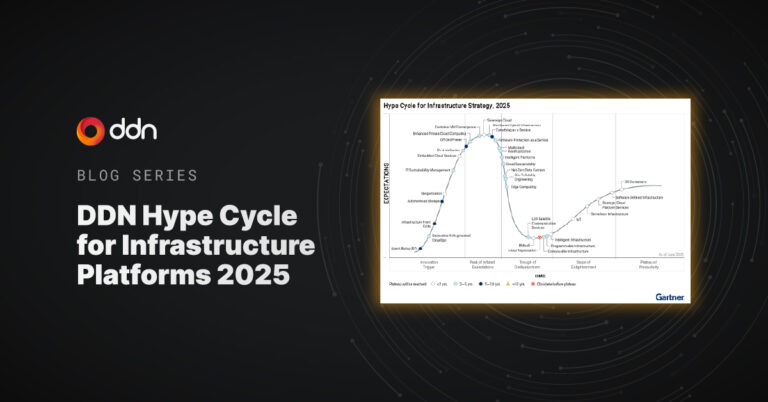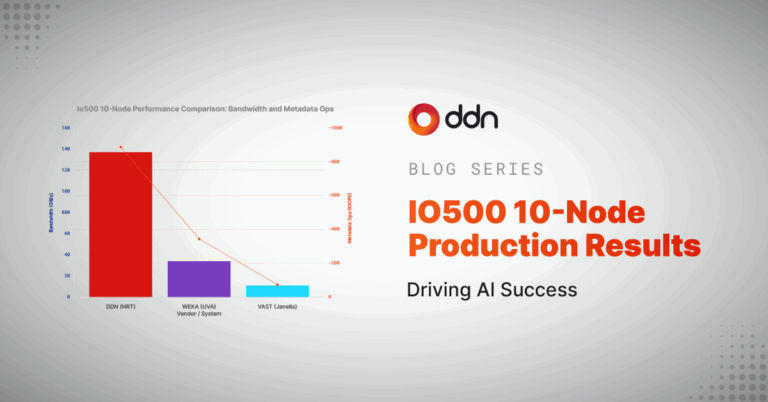Artificial intelligence and machine learning are becoming more embedded in the fabric of banks and investment firms by the day. And risk management is one of the most important aspects of financial services organizations (FSOs) operations. So, it’s no wonder these organizations are investing in advanced technology to do it more effectively and efficiently.
Let’s look at the three predominant types of risk FSOs encounter and how AI risk management helps organizations prepare, monitor, and minimize impact.
1. Market Risk
Overview: Market risk refers to how variability in asset portfolios and market conditions can affect the financial market performance, comparing that fund to how others perform under the same marketplace conditions. Risk factors include:
- Movements in stock prices, interest rates, exchange rates, and commodity prices.
- Differential movements in a market that may leave an FSO lagging behind its competitors.
- The risk of a crash, default, or loss of confidence in a market sector.
Where AI Comes In: AI can help companies keep track of and quantify risk factors and predict outcomes.
Zoom In: Artificial intelligence works in tandem with human risk management analysts to combine historical data and forward-looking judgment, establishing quantitative measures of market risk.
Key Metric: A portfolio with a one-year 10% VaR (value at risk) measurement of $5 million has a 10% chance of losing $5 million during a given year. Banks that leverage data and intelligence to prepare for future threats have a market value that is 27% higher than less digitized peers, as of 2020.
2. Operations Risk
Overview: Operational risk encompasses the risk of an operational breakdown, outage, or failed internal process. Everything from the chance of a global pandemic to a faulty network link can count as operational risk. Operational and market risk are intrinsically linked, as a risk factor that hits the operations of a security underpinning a particular fund could also impact the market. In other words, operational risks to a security are often market risks to an FSO.
Where AI Comes In: AI enables FSOs to switch from a posture of hindsight to one of foresight. Banks can use AI to understand and quantify the risks that certain events will take place—such as network issues, communication breakdowns that lead to errors, hackers wreaking havoc, or anything else that would impact the operations of a company. Based on those assessments, FSOs can make informed investment decisions to mitigate risk.
Zoom In: Banks using AI and ML models can better understand the areas their preparations and investments are best deployed, weighing possibilities against each other within the context of available resources. When they’ve appropriately prepared to mitigate operational risk factors, firms are less beholden to the ups and downs those factors would typically cause. For example, better operations risk management systems could have helped many FSOs respond faster and more effectively to COVID-19.
Key Metric: In 2020, the coronavirus pandemic impacted the payroll of 45.3% of companies with employees; 39.2% of companies reduced the hours/benefits/pay of their employees, according to the U.S. Census Bureau. Companies that had planned for the possibility of such an event may have had greater cash reserves in place to mitigate against sinking revenues.
3. Fraud Risk
Overview: FSOs face an ever-present threat of default—that is, the threat that a counterparty will fail to make a promised payment, also known as credit risk. This risk also includes the growing threat of intentionally bad actors who commit financial fraud, including manipulation of securities. In the wake of the pandemic, as more and more transactions move online, fraud has become an even greater challenge for financial institutions.
Where AI Comes In: Machine learning tools can track the latest tactics and alert stakeholders of potentially fraudulent activity, keeping FSOs ahead of the curve.
Zoom In: One example? JPMorgan Chase’s layered approach to fraud risk: The bank collects information based on authentication and customer behavior, then runs that data through an AI and ML system to check it against bad actors, while the AI engine constantly gains a clearer understanding of what suspicious behaviors looks like.
Key Metric: The retail banking industry loses about 5% of revenue per year to fraudulent activity, according to the Association of Certified Fraud Examiners. But financial institutions believe AI can help: 83% say AI is important to their company’s future success, and representatives of those companies cited fraud detection involving payments and transactions as their top AI use case.
How DDN Can Help
FSOs that can benefit from AI often face the problem of data complexity. They have massive amounts of data and information, yet they struggle to make sense of it and put it to work driving real business results. With operations of many organizations going 24 hours a day, FSOs need constant and reliable data access to support mission-critical analytics.
At DDN, we understand the challenges faced by risk-management professionals in assessing exposure and positions in real time, delivering faster financial analytics for higher accuracy at lower costs with a smaller footprint. DDN Analytics and AI storage platforms provide fast, scalable systems with massively parallel access to data.
DDN works alongside FSOs to help them establish a data infrastructure that lays the foundation for AI success. DDN helps organizations with their end-to-end AI storage lifecycle, working as a partner to build solutions that fit the financial services industry.
DDN’s AI Storage Solutions are proven to be the most effective and performant solutions for data intensive financial workflows. DDN’s unique parallel storage architecture improves on traditional approaches to simultaneously reduce complexity, drive down cost and improve performance as data datasets grow.
Ready to learn more? Explore how DDN can help enable AI for you here.


